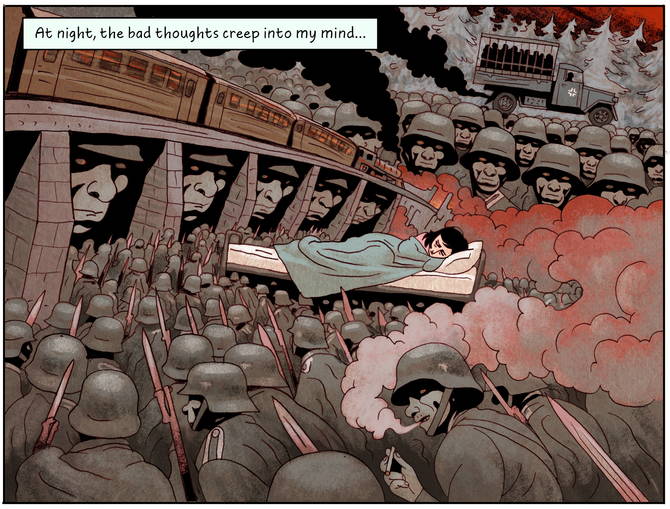Diary
Reactions and reception
When Otto Frank released the Diary of his daughter Anne for publication in 1947, nobody had the least idea of the significance the book would gain over the coming years. There is almost no other report by victims of the Shoah that is as well-known as the Diary of Anne Frank. For many young people of the post-war generation, their first encounter with the crimes of the Nazi period was through this book.





